The Difference Between Category, Class, and Type of Aircraft
Pilot Institute
MARCH 28, 2025
Key Takeaways Category is the broadest grouping based on aircraft use, like airplane, glider, or rotorcraft. Heres a quick summary: Category: The broadest classification of aircraft based on their intended use and operating environment, such as airplane, glider, or helicopter (rotorcraft). propellers) or thrust (i.e.,

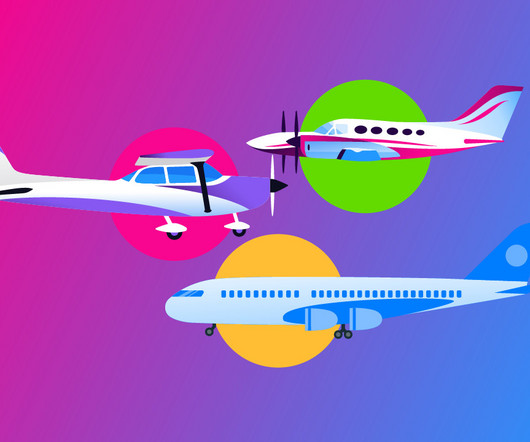

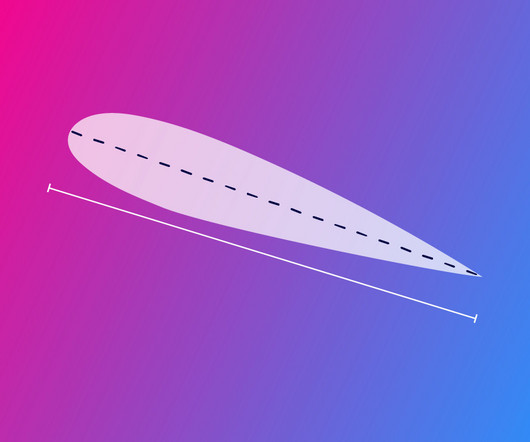
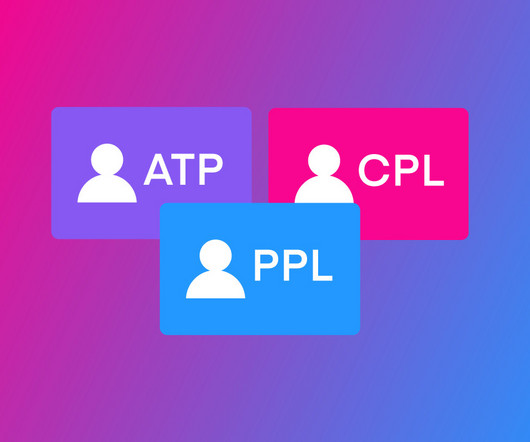


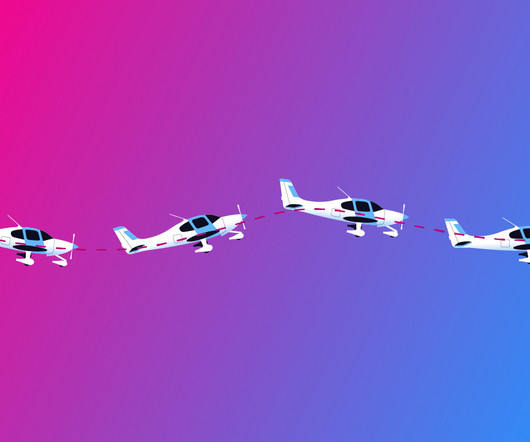
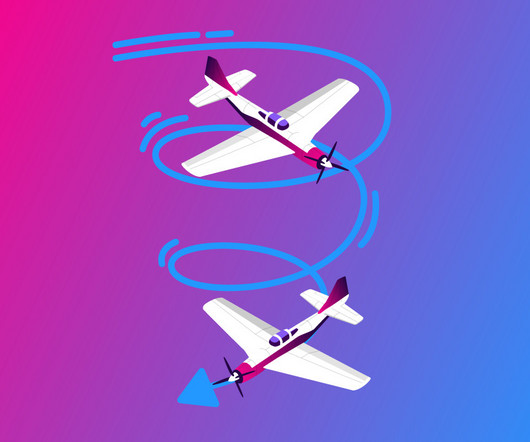

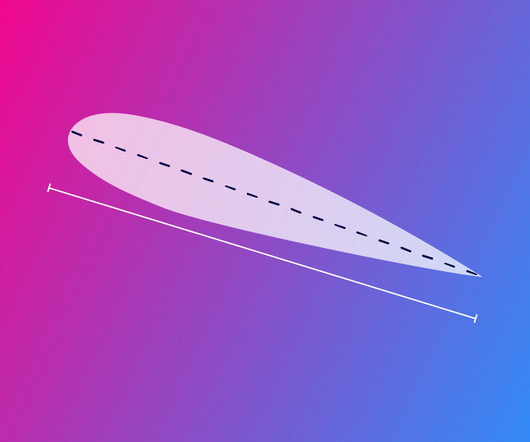
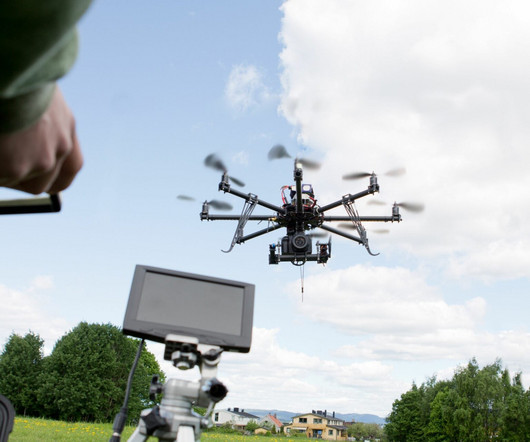














Let's personalize your content